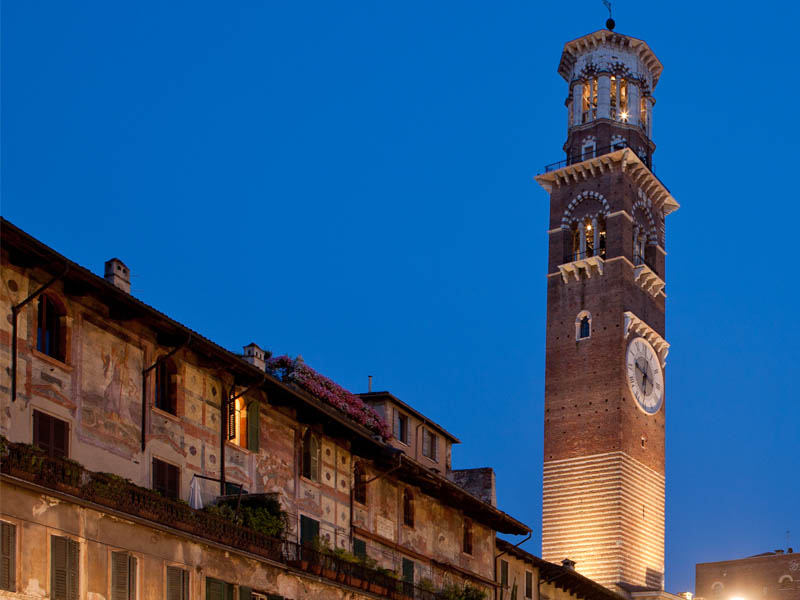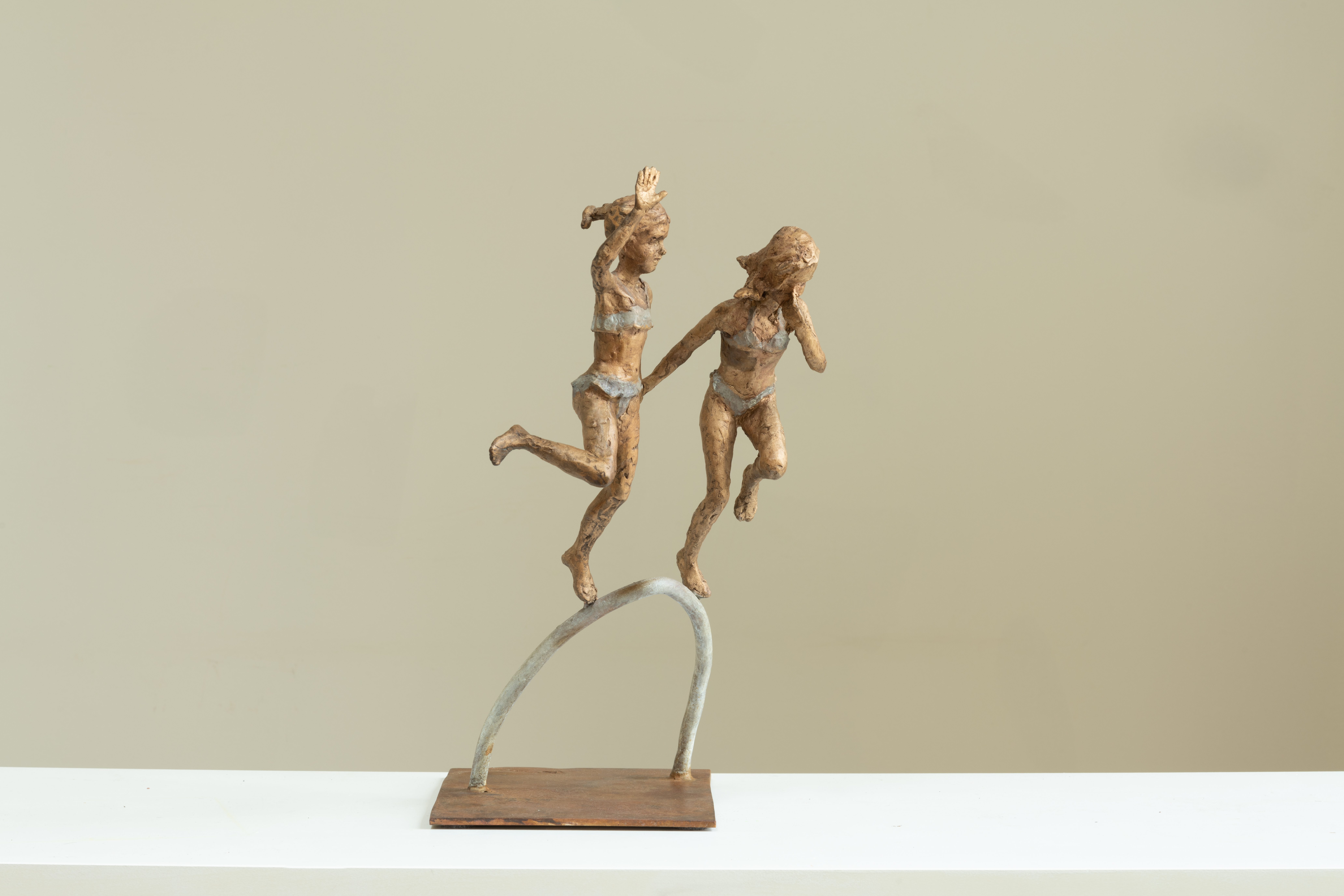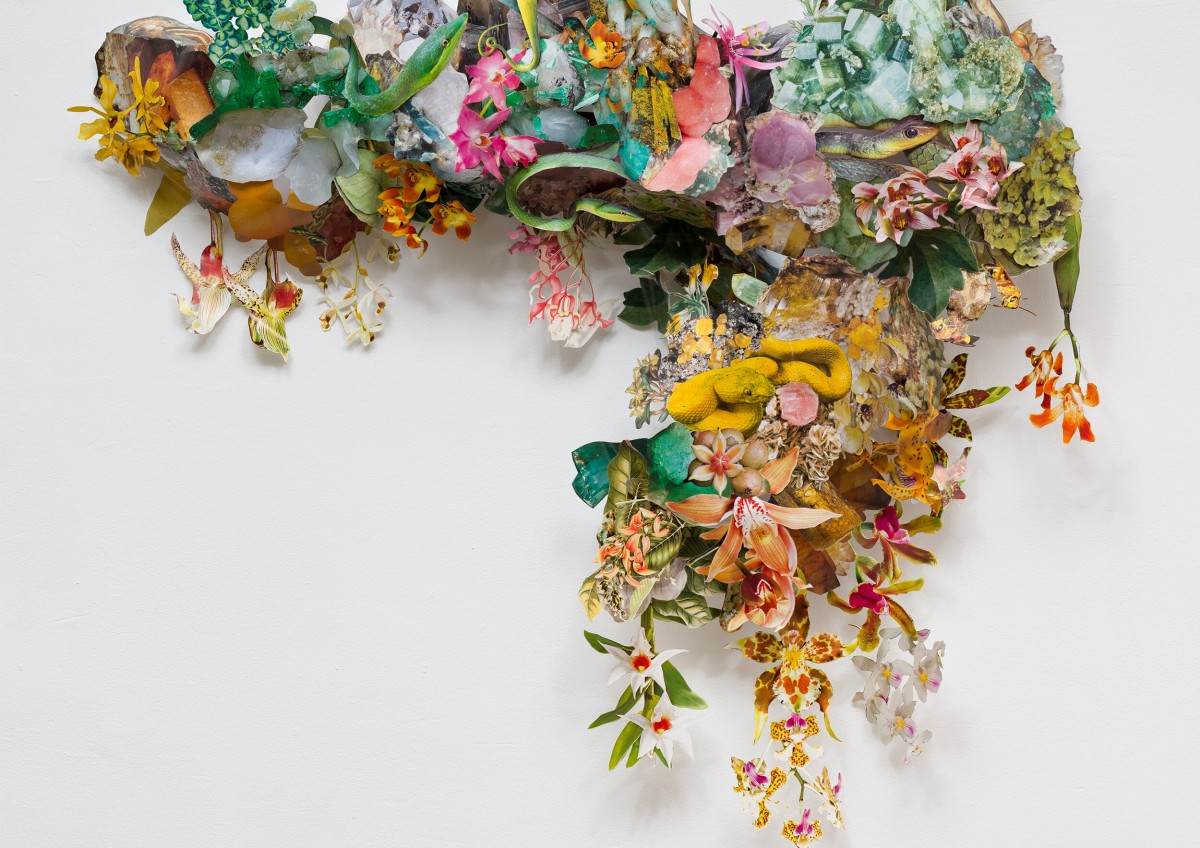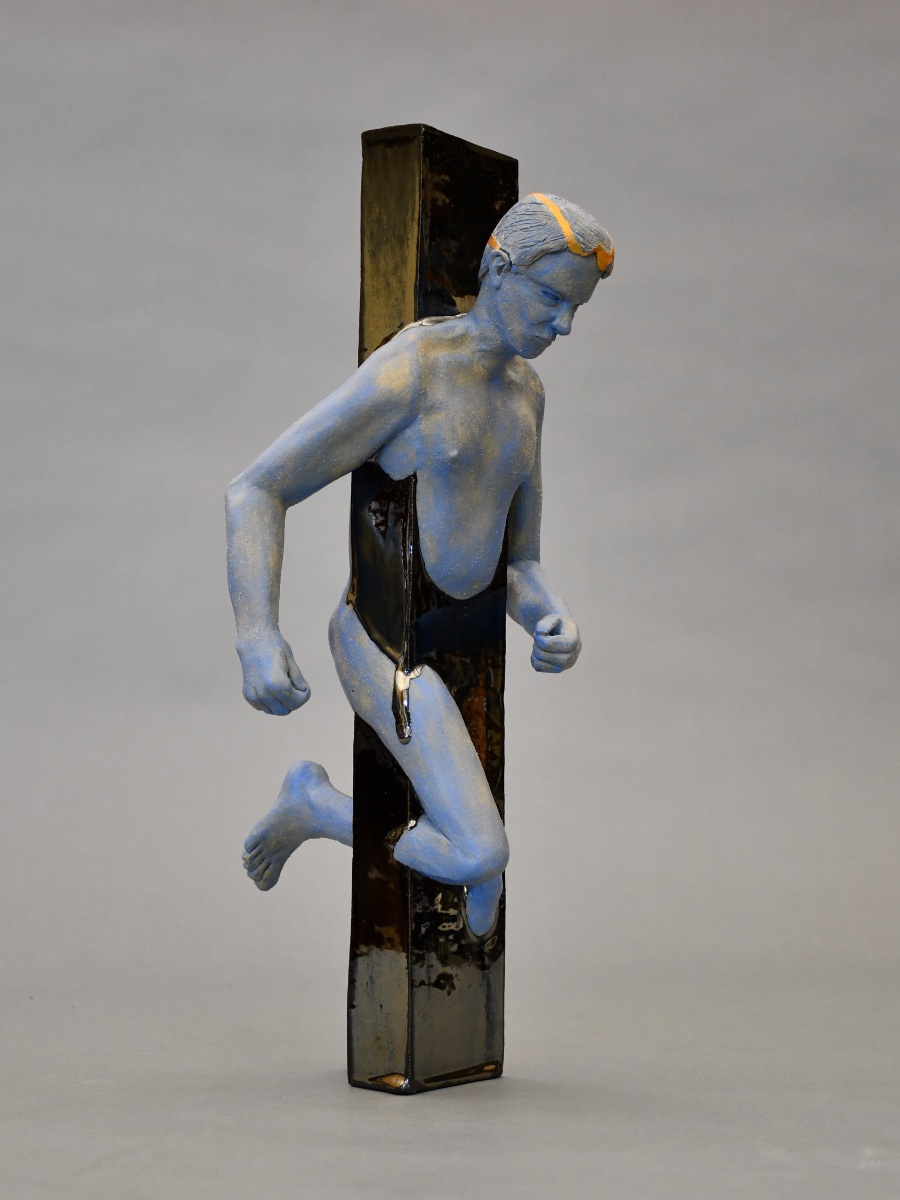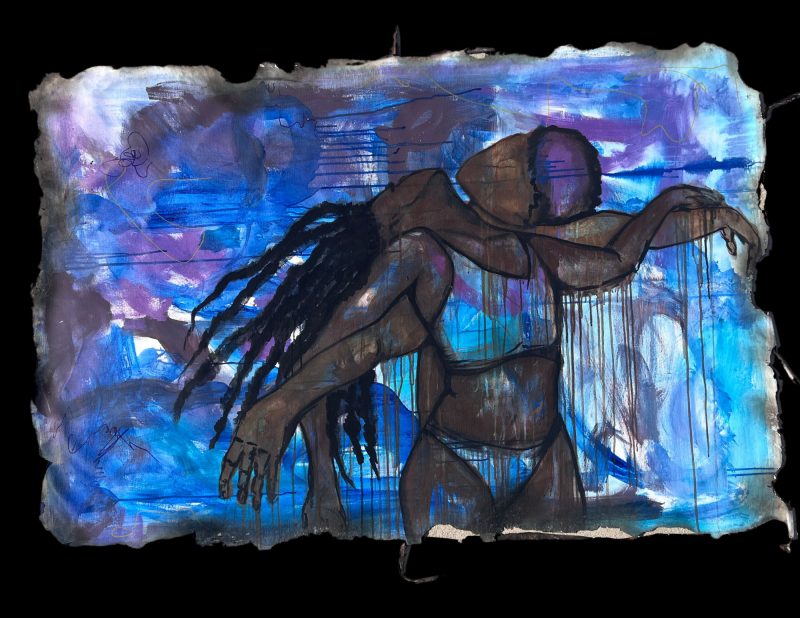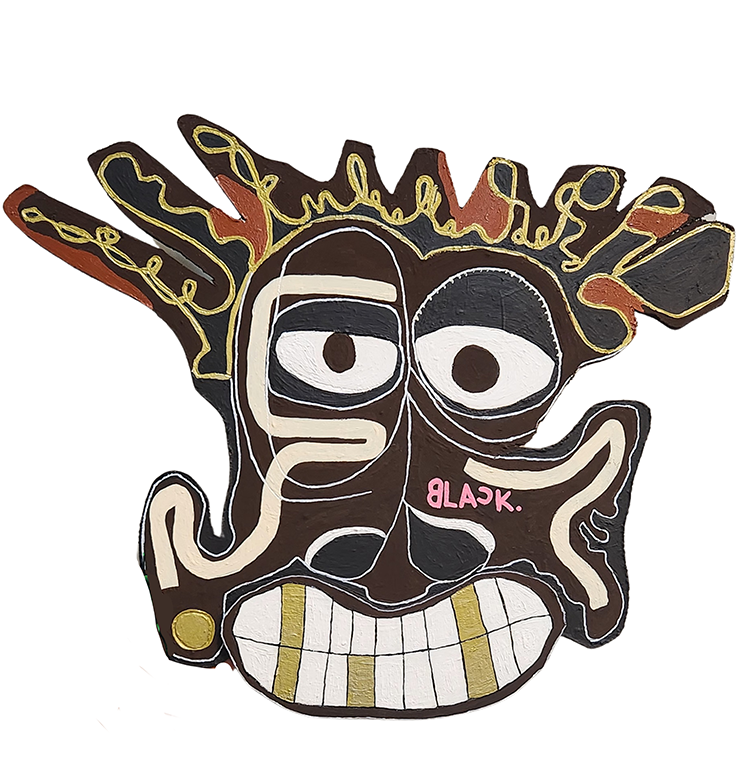Located in Northern Italy, Verona is a wonderfully vibrant city for lovers of architectural delights. While conflict, passion and romance shaped the city, Verona has more to offer than just the love story of Romeo and Juliet. It has more than 2,000 years of well-preserved architecture, featuring stunning historical monuments like amphitheaters, beautiful churches and palaces, just to name a few. Let’s examine the top ten structures in this grand city.
Museo di Castelvecchio
Built circa the 1350s by Cangrande II, the Museo di Castelvecchio or the Castelvecchio Museum is an imposing structural building featuring seven brick towers. It was initially built as a defensive structure, designed to provide access to the city via River Adige. The structure was severely damaged by WWII bombings. It was later renovated by the world-famous architect Carlo Scarpa, who blended the building’s medieval architecture with modern building materials like steel and bare concrete.
It houses a diverse collection of frescoes, Shakespeare Renaissance artifacts, paintings, and jewelry. Key highlights include the Pisanello room filled with frescoes, Flemish art and artifacts designed by Venetian and Renaissance Veronese painters, and the Cangrande coat of arms. You will also see sculptures and paintings from the 12th century to the 18th century.
Arena
Built around the first century, the Arena is a Roman-style amphitheater, which used to host circus acts, music, dancing, processions, plays and all sorts of games. Around the 16th and 17th centuries, the amphitheater hosted a wide range of games and tournaments, drawing viewers and participants from as far as Sweden. Today, the Arena hosts various cultural events, especially during the summer festivals where you can catch up with some operas. It’s open to visitors throughout the year.
Juliet’s House
If you are looking for a romantic getaway in Verona, then the La Casa di Giulietta or Juliet’s House should be your first stop. This Shakespeare Renaissance house is one of the most popular attractions in Verona. There exists a statue of Juliet in the courtyard, where visitors rub its right breast, hoping to find some luck in love. As much as most of the stories about this house are fictional, the emotions that draw visitors to it are real. On the walls, you will see millions of graffiti scribbles, mainly about love and romance.
Torre dei Lamberti
Rising 84m high, the Lamberti Tower or the Torre dei Lamberti is a tower overlooking the city of Verona whose construction started circa 1172. It was completed around 1463. Several modifications have been undertaken over the years, such as raising the tower’s height. The tower still retains two of the bells installed during ancient times. The two bells are Rengo and Marangona. Rengo was usually rung to call council meetings while Marangona used to warn the citizens of fire. As the tallest tower in the city, it provides beautiful 360-degree views for those brave enough to climb to the top.
Santa Maria Antica
Built in the 1830s, the Church of Santa Maria Antica was a private church that was mainly used by the Scala Family. It currently houses the stunning tombs of Cansignorio, Mastino II and Cangrande, which are considered one of the most impressive examples of gothic charm. Despite its small size, the Santa Maria Antica has a wonderful and inspiring atmosphere, featuring three naves, two apses and two historical frescoes.
Basilica of San Zeno
Also known as San Zenone or San Zeno Maggiore, the Basilica of San Zeno is without a doubt one of the best-preserved structures of Romanesque architecture. It was originally built to house the relics of San Zeno. A few centuries later, the basilica was rebuilt to serve as a Benedictine monastery for German Roman emperors. The entire basilica is a work of beautiful architecture, featuring masterful sculptures, majestic bronze doors, and large rose windows. What strikes visitors the most about the Basilica of San Zeno is the warm colors of its facade, featuring alternated bricks and tufa stone.
Palazzo Maffei
Located a few minutes from Juliet’s House, the Palazzo Maffei is a 15th century Verona museum, built by Marcantonio Maffei. Completed in 1668, its Renaissance style is unmissable. It features evenly spaced identical arches, baroque decorations and rectangular windows. You will also come across inscriptions on walls, shells above openings, and 5 statues, representing Hercules, Venus, Jupiter, Minerva, and Apollo. All the statues are made of local marble, apart from Hercules. Outside the palace is a column of St. Mark, which is the symbol of Venice.
Piazza Dei Signori
The Piazza dei Signori was originally the seat of power in the city of Verona. All the important buildings of the former government are situated around this square, including the seat of power of the Della Scala family and the court. On the other side of the square is the Loggia del Consiglio, arguably the most beautiful buildings in the square. Built around the 1470s by renowned architect Fra Giocondo, this Venetian Renaissance masterpiece features columned double windows as well as several statues of famous Italians. Other striking structures around the square include the Palazzo del Podestà, Palazzo dei Tribunali or the court and the Palazzo dei Giudici, which dates back to 1575.
Arche Scaligere
Popularly known as the Scaliger Tombs, the Arche scaligere is a funerary complex in Verona, built by one of the most powerful families in the city – the Della Scala family. The entire funerary complex is covered with beautifully decorated arches, all built by different sculptors. The tombs were built for Mastino I, Bartolomeo I, Cangrande II and Bartolomeo II. The arch of Cangrande I is the most notable and significant one.
Piazza Bra
The Piazza Bra or the Bra as locals call it, is one of the biggest Piazzas in Europe. Built around the first century AD, this city square is currently the location of the town hall, several historical palaces, as well as the Palazzo Della Gran Guardia, with some buildings being more than 2000 years old.
Verona is stunningly rich when it comes to historical structures and buildings. From Romanesque-era churches to Renaissance buildings, there is something for everyone who savors historical structures. And the good news is, most of the top ten structures of Verona are located within the same area, thus making it easy to visit them all within a few days.

